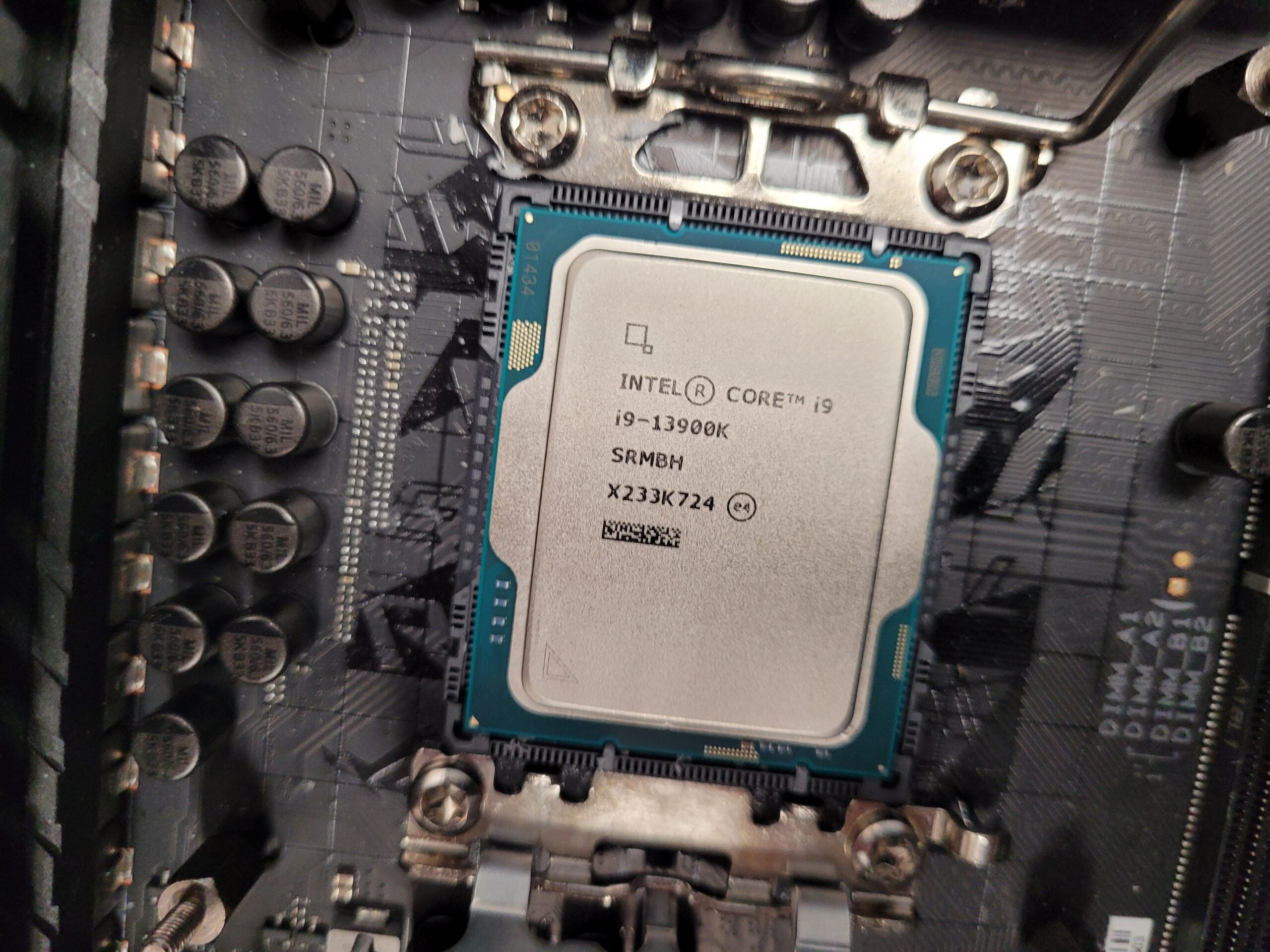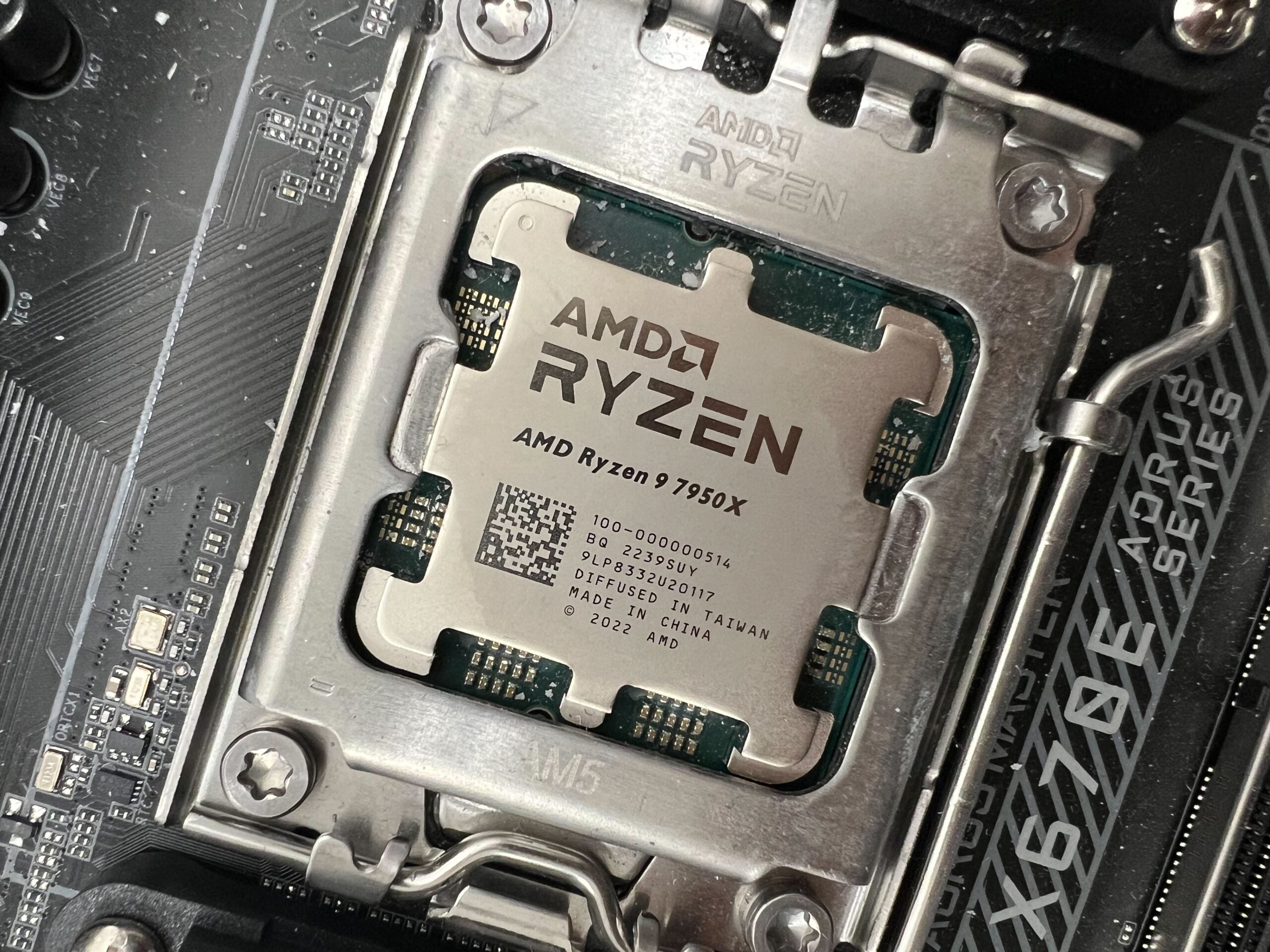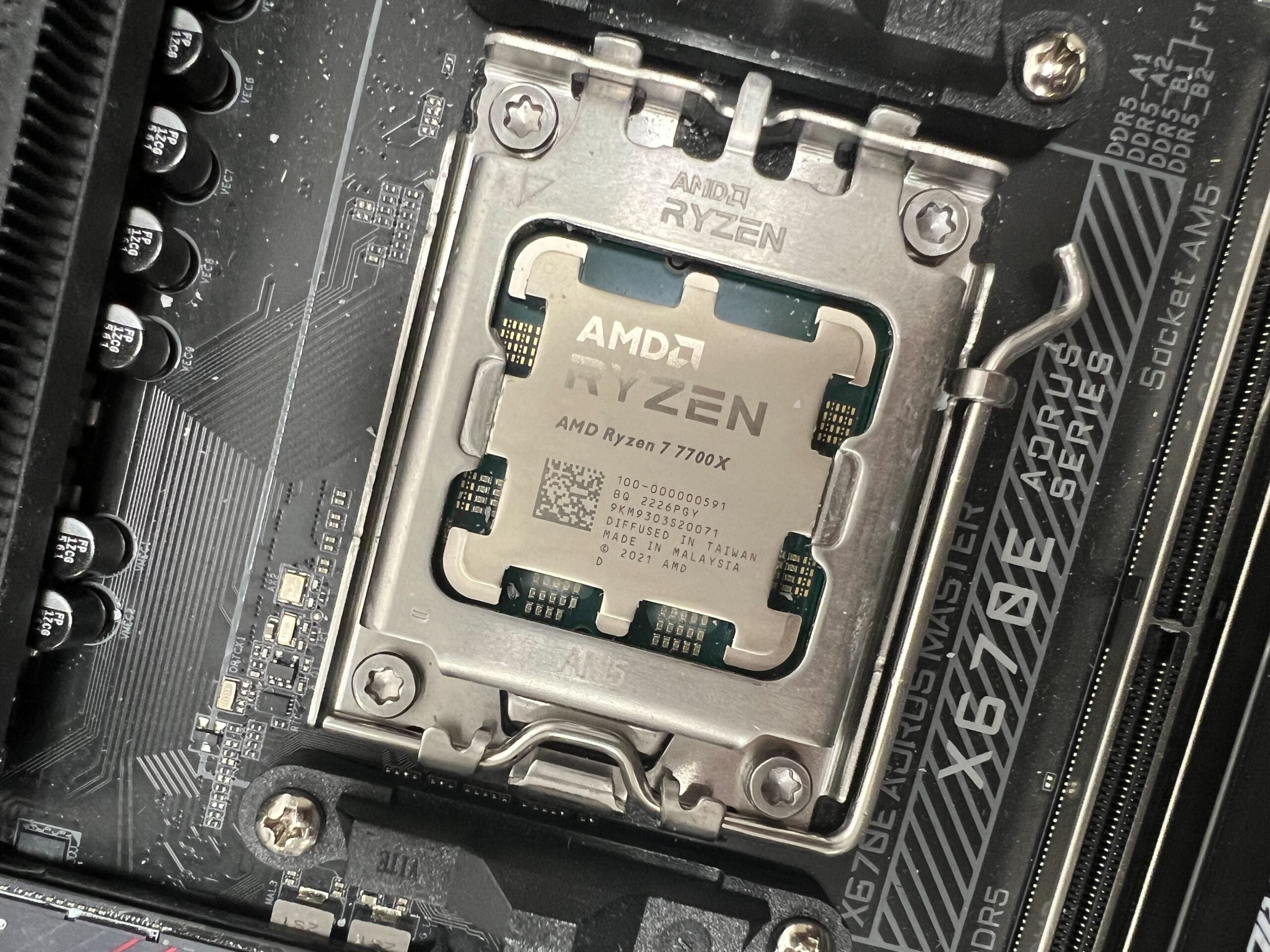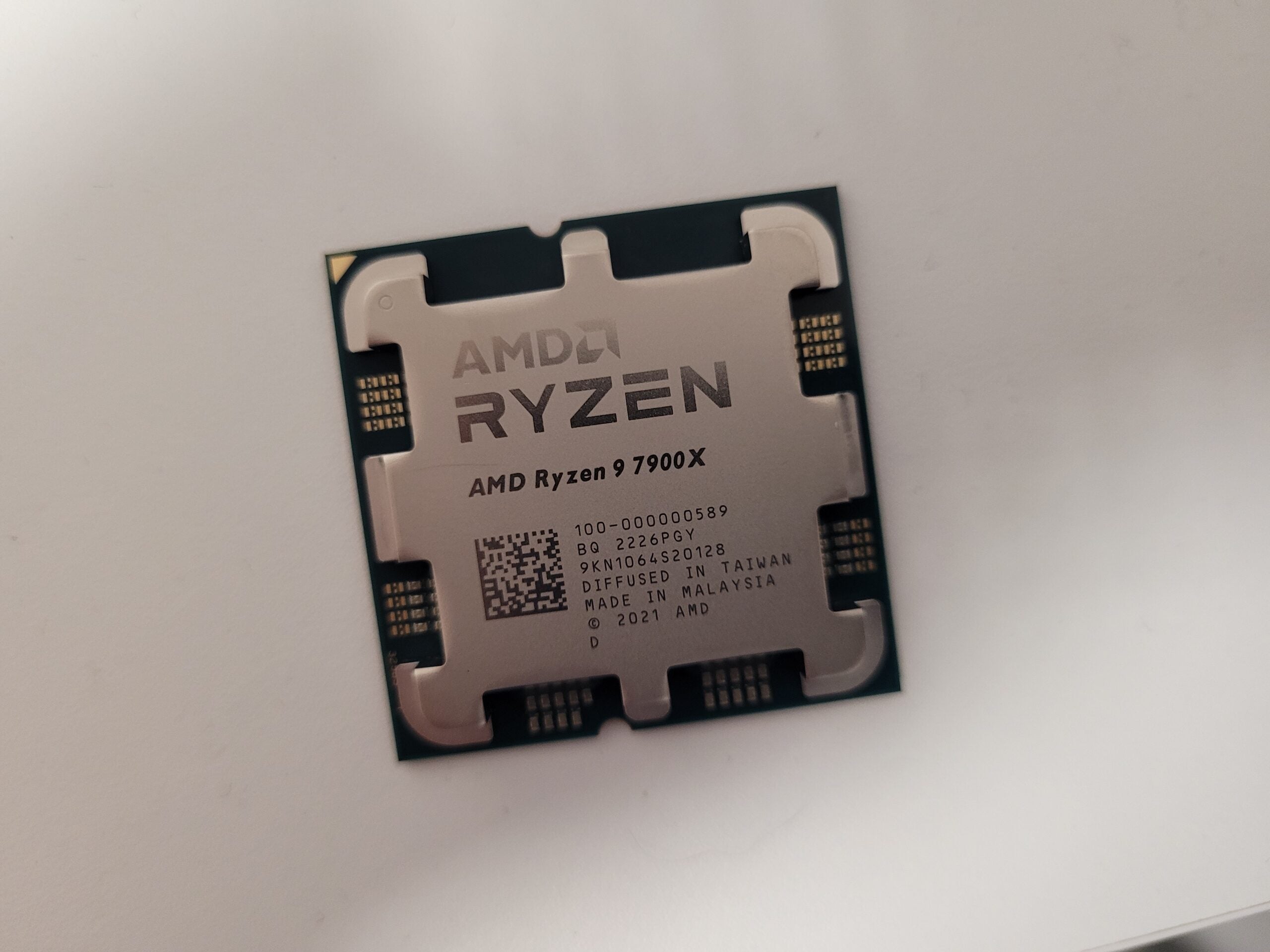Intel Core i9-14900K Review
Impressive new software, but not a lot else.

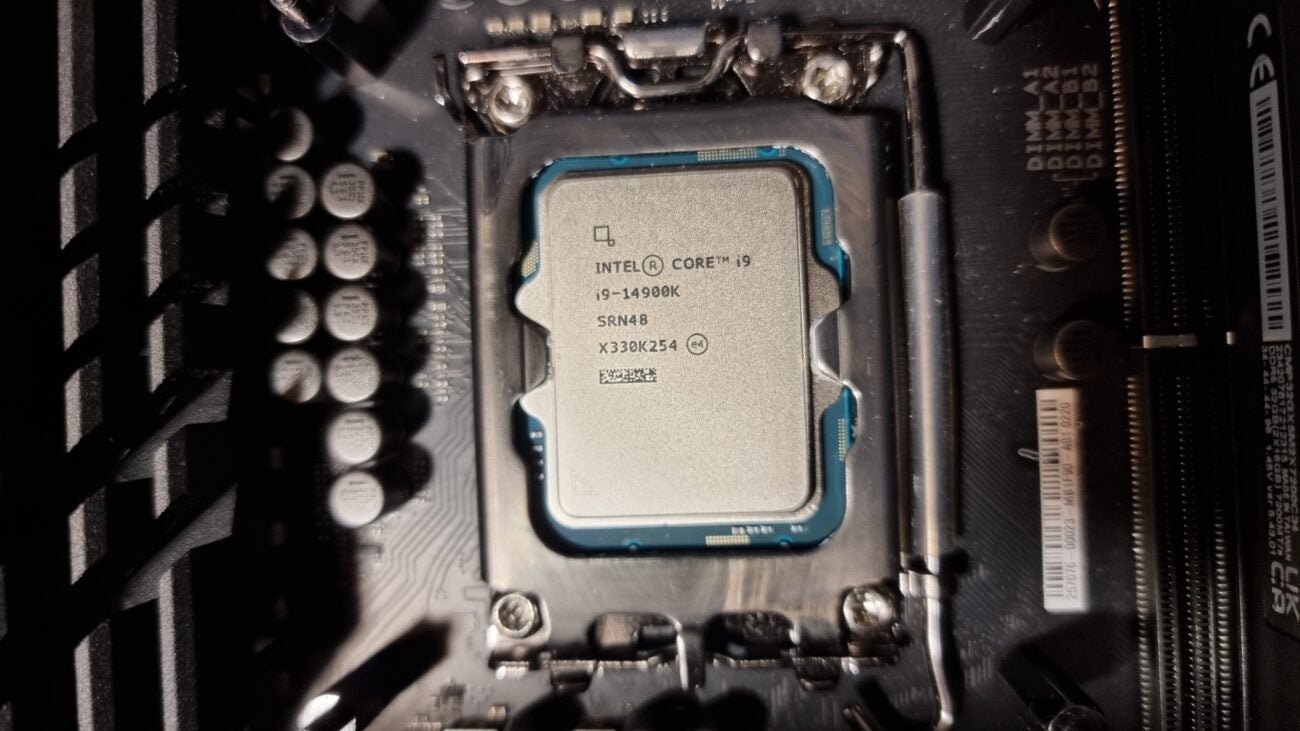

Verdict
The Intel Core i9-14900K is an absolute beast of a processor, topping almost all of the benchmarks I could throw at it. However, it also represents the absolute limit of what’s possible with the Rocket Lake architecture, with temperatures and power draw being off the charts. If you’re looking for a versatile chip, capable of handling anything you throw at it, the Core i9-14900K is the one for you.
Pros
- Impressive gaming performance
- Versatile across multiple fields
- APO could be a game changer
- No price increase compared to last gen
Cons
- Insane temperatures & power draw
- Far better value CPUs available
- Little difference compared to last gen
Key Features
- 14th Gen Intel Core architectureIntel has pushed Raptor Lake to the absolute limit with its 14th-generation architecture, with both clock speeds and TDP.
- Versatile mix of coresWith clever design and a mix of 24 performance and efficiency cores, the 14900K can assign its resources intelligently.
- Backwards compatibilityThe 14900K still fits in the same LGA1700 socket and is backwards compatible in all 600 series motherboards.
Introduction
Intel doesn’t look to have re-invented the wheel with its latest Intel Core i9-14900K processor. No, although it’s the absolute top-tier CPU in Team Blue’s arsenal right now, comparatively to the Core i9-13900K there’s not a whole lot of change here. But, it still looks to offer that same impeccable performance you’d expect from a flagship chip.
At its heart, the Core i9-14900K boasts a total of 24 cores and 32 threads. 16 of those cores are what Intel dubs “Efficient-cores” (smaller in size, and more suited to background applications and low-impact programs), along with an additional 8 “Performance-cores” (designed to let rip, run fast, and dominate in the applications that matter such as gaming or rendering, complete with hyperthreading to back them up).
This intuitive mix of cores, paired with a substantial chunk of onboard memory cache, and support for the latest DDR5 and PCIe 5.0 standards makes the Core i9-14900K worth considering if you’re looking to build one of the most versatile gaming PCs out there today.
One of the big wins for consumers is the lack of a price increase this time around. The Intel Core i9-14900K remains at an RRP of just $589/£589. Impressive, given the inflation boom currently ongoing. It’s still an expensive chip, however, and a specialist part more suited to those embedded in professional workflows rather than just the hobbyist gamer. If you are interested in solely gaming, there are certainly better value options out there, but more on that later.
In this review, I got to grips with testing the Core i9-14900K, along with re-testing most of the last two generations of processors from both Intel and AMD, so we can give you a clear picture of which processor is right for you, your workload, and your budget, and whether it’ll make it into our Best CPU list.
Specs
- The Core i9-14900K is almost identical to the 13900K
- Clock speeds and power draw have increased
- Most performance gains are found in firmware/software
The Intel Core i9-14900K is quite the tame generational leap. Certainly from a hardware perspective. Compare the 14900K to its 13900K predecessor, and you’ll see the stat lines are relatively identical between the two. Both chips feature the same core count, the same cache size, the same memory support, and the same graphics and I/O support as well. The only noticeable differentiator between the two comes in the form of the rated max turbo clock-speed, with the Core i9-14900K clocking in at 6 GHz, at peak, just 200 MHz higher than the 13900K. That’s it. That increase in frequency and inevitable power draw does lead to some toasty temperatures by default, and Intel recommends a 360mm AIO as standard for its 14900K to maintain that.
The biggest changes come in the form of firmware and software enhancements. Namely, Intel has introduced its Application Optimization (APO) tech. Think of this as a graphics driver but for your processor. When Intel initially introduced its Performance and Efficient core design chips with the 12th generation, it worked closely with Microsoft to ensure Windows could identify which core would best suit the program and subsequently allocated those resources correctly.
With APO, Intel has taken that a step further, and built out specific resource profiles for individual programs, similar to how a graphics driver allocates PC resources based on that same principle. This is an advancement on what Intel was using previously in Thread Director (the tech that worked with Windows I mentioned earlier), which was far more generic and had far less access to data. Intel has stated it’s using AI and machine learning to build these profiles out.
It’s not particularly well implemented just yet however, the number of games supported are few and far between (two at the time of writing, Metro Exodus and Rainbow Six Extraction). But, at 1080p, some users are seeing improvements of up to 35% in average fps. This could very well be the next ray tracing or FreeSync if Intel keeps up the momentum.
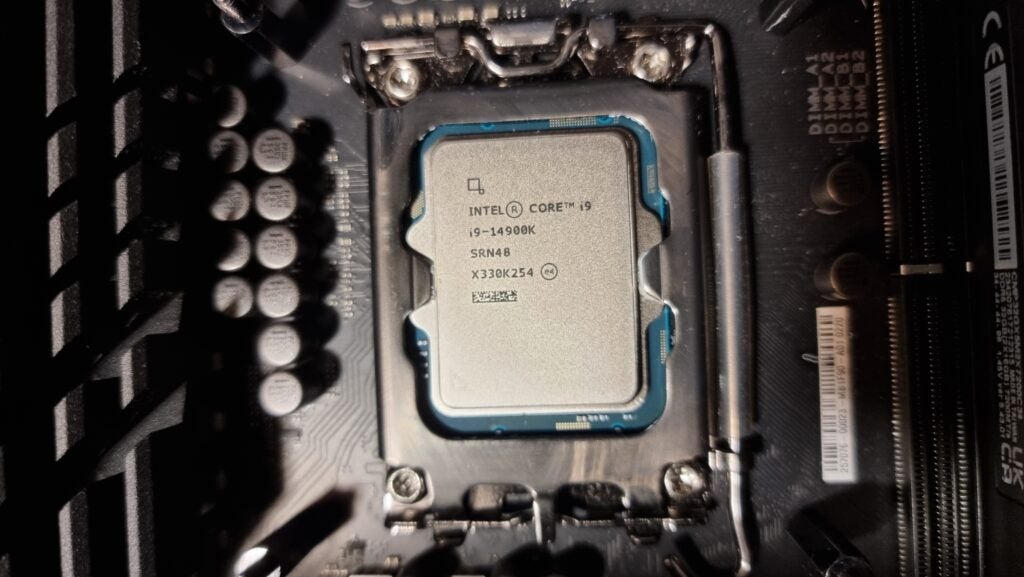
Test Setup
To make Intel and the Core i9-14900K sweat, I’ve put it to the test in a huge array of intensive benchmarks over the last few weeks, comparing it to a number of its own family, and the competition from AMD to see just how it stacks up.
Where possible, I’ve used as similar a test system as is feasible to eliminate any inconsistencies, and to make sure that this is all about the processors, and not any varying hardware that might impact the results. Here’s the full spec list:
- Intel Motherboard: ASUS ROG Maximus Z790 Dark Hero
- AMD Motherboard: MSI MAG X670E Tomahawk WiFi
- GPU: Gigabyte GeForce RTX 4080 16GB Aero OC
- RAM: 32GB (2x16GB) Corsair Dominator Titanium DDR5 @ 7200
- Cooler: Corsair iCUE Link H150i LCD Liquid CPU Cooler
- PSU: 1200W Corsair RMx Shift 80+ Gold PSU
- SSD: 1TB Adata Legend 960 Max PCIe 4.0 SSD
- Case: Hyte Y70 Touch
I’m using a number of synthetic and real-world benchmarks wherever possible to really get to the bottom of what makes these processors tick, including PCMark10, Geekbench 6.2.1 Cinebench, several 3DMark runs, alongside seven games.
We’re performing all of our game benchmarking at 1080p, as this is where you’ll likely see the biggest differences between them. The higher your resolution, the more likely the frame-rate bottleneck shifts from the CPU to the graphics card, as it has to process more and more pixels and higher-resolution textures. As that reduces frames-per-second naturally, almost all CPUs will have less to do, and won’t affect results in the same manner.
As an aside, where gaming processor performance really matters is in those eSports titles such as Counter-strike 2, Dota, Valorant, Overwatch and more. Most of which are played at resolutions around 1080p or even less in some cases.
I’ve also included some additional metrics representing price-to-performance ratios. One for professional performance, how many Cinebench R23 multi-core points each dollar gets you, and one for gaming performance, how many frames each dollar gets you. If you’re on the hunt for the best value processor, these should give you a clearer picture, depending on what your workload preference is.
Performance
- 14900K is easily still one of the best processors money can buy
- In-game or in pro-workloads it’s king of the hill
- Incredibly expensive, and requires expansive cooling.
If you’ve already seen our Intel Core i9-13900K review then this portion is going to sound very very familiar. And it should, as the chips are, in almost all cases, basically identical. The 14900K punches hard across pretty much any application you send its way. Whether that’s in rendering or gaming, it can handle either or, without so much as batting an eyelid.
It is one of the most powerful consumer chips out there right now, but then, so was the 13900K, and that is inherently its biggest weakness, it’s so similar. As the 13 series chips are now a generation behind it’s likely the price of those CPUs will come down significantly. Particularly over those peak trading periods such as Black Friday. At this point, it’s questionable whether a 200 MHz increase to clock speeds warrants that price increase, and if you can find a good 13th gen deal, by far, it’s likely the better pick between the two, particularly if APO doesn’t take off.
Overall performance across more professional-oriented benchmarks was impressive. The Core i9-14900K easily topped the competition in Cinebench R23 Multi and Single core tests. Additionally, it also pumped out some major numbers in Geekbench as well, which is what we’d expect from a chip of this calibre.
It’s an ideal pick if you’re after a versatile system capable of handling any task. If you’re into 4K video-editing, streaming, and dabbling in a bit of gaming on the side, the 14900K is a solid choice. Couple that with that intelligent core design, with the efficiency cores running in the background, handling your Slack, Discord and other less demanding programs, and you never have to worry about being throttled in-game because you decided to open up an extra tab in Chrome.
Our array of gaming benchmarks, equally proved that point as well, across all seven titles, on the Ultra preset, the 14900K absolutely crushed it, with particularly impressive stand-outs being CyberPunk 2077 at 221 fps, and Dirt Rally clocking in at an impressive 353 fps as well.
There are a few outliers here however, the Core i5-14600K ended up pipping the 14900K in a few areas on average frame rates. Including, surprisingly Total War Warhammer III, Cyberpunk and 3DMark Fire Strike as well. This, we suspect (outside of being within the margin of error), is likely due to temperature and power requirements, speaking of…
Power Draw and Temperature
- Easily the highest power-draw out of any processor
- Incredibly hot by default, Intel recommends 360mm AIO
As you can see, the idle and peak power draw for the Intel Core i9-14900K is, well… “impressive” is one way of putting it. 622W under load in Fire Strike, and 175W at idle on desktop. Those are seriously beefy figures, making sure you have a solid power supply for the job, and a motherboard that can handle those voltages is going to be key if you plan on buying one. Comparatively under load that’s 105W more than the 14600K (albeit that does feature only six Performance cores and eight Efficiency cores), and more impressively 70W more than the last gen 13900K.
The max temp also topped out, at 98 C under load… yep. To clarify, this temp was recorded with the 14900K under a 360mm AIO, in a 1080p gaming test, in a well-ventilated case with no less than nine fans total. Intel’s Turbo Velocity Boost (and most turbo settings in general) operate CPU frequencies based on select parameters, namely, what the cooling solution is, how much power they can draw, and the stability of the chip. In our case, I can only surmise that to hit that extra 200 MHz Intel is quoting for its Performance-core figure, the Turbo is aggressively drawing power, and in turn generating more excess heat because of it. Given the number of cores at play here, this may lead to those high temps, despite the hefty cooling solution in place.
In the case of something like the Core i5-14600K, or even the 13900K, with their lower frequencies comparatively, this is leading them to have better overall single-core performance, as the temps are lower, there’s less power drawn, and it’s leading to better results across these titles, as the processor isn’t throttling and slowing itself down due to the temperature being too high.
Price to Performance
When it comes to price to performance, the Intel Core i9-14900K still represents a fairly solid value compared to the competition. Certainly from a retail perspective. That said, these are the RRP values, if you compare that with the average price on Amazon, these figures change dramatically, and you can quickly see just how much of a difference those price drops make.
Still, the 14900K is a solid proposition if you’re looking for a decent professional-grade chip. However, if gaming and only gaming is your aim, then something like the 14600K might be a better fit.
Latest deals
Should you buy it?
You want an incredibly versatile processor
If you’re on the hunt for the absolute best processor money can buy, that’s capable of handling any task, and performing well in those situations the Intel Core i9-14900K is hard to ignore. Its clever design and attractive price make it a shoo-in, and with APO it can only get better.
You’re looking for a good value and cool CPU
It’s a solid-performing processor, but it still misses the mark when it comes to value, certainly in-game. Compared to last-gen, there are no major hardware changes here, and it’s an insanely hot chip, that requires a serious cooling and power solution as well.
Final Thoughts
Intel’s Core i9-14900K is a bit of a mixed bag. It still is an absolute monster when it comes to gaming and professional-level performance but its lack of hardware innovation makes us question whether it was worth the generational name update. There’s also the caveat of temperature and power draw. Without a doubt, this is the hottest and thirstiest CPU‘s I’ve ever had the pleasure of testing.
However, it continues to perform well up against key rivals like the AMD Ryzen 9 7950X3D, meaning that if you’re after the best processor out there right now, it’s still a solid pick, but given the similarities between it and the Intel Core i9-13900K, you might be better off picking that up in a deal instead.
How we test
When reviewing processors, we keep our test bed consistent. We test a number of processors for each CPU generation launch, using similar or identical components wherever possible.
As for the tests themselves we use a mix of both in-game benchmark tools and synthetic benchmarks to determine performance, and also consider additional features, pricing and niche use-case scenarios to accurately score each product.
Use the same components where possible for fair testing.
Use both synthetic and in-game benchmarks for testing.
Test both CPU temperature and power consumption.
FAQs
Intel recommends a 360mm AIO at a minimum, and so do we.
Yes, it’s compatible with both standards, and also with DDR4. Just make sure you buy the right motherboard that supports it.
Any motherboard with an LGA1700 socket from the 600/700 series chipsets will support the 14900K. However, you may need to update the motherboard’s BIOS before it supports the chip.



